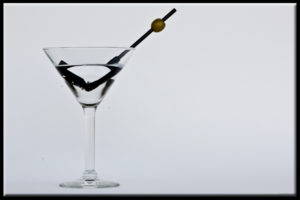Composite Action Parts
Why Composite Action Parts?
Why are composite action parts – hammer shanks and action parts different from traditional wood? In a word: consistency.
Hammer shanks are critical in the transfer of energy from the fingertips of the player striking the key to the hammer striking the string. Wooden shanks vary widely, resulting in inconsistent characteristics across the keyboard. Some individual wooden hammer shanks are  perfect, while others have natural variations that ultimately result in poorly distributed bass, compromised strength, or too much flex when in motion.
perfect, while others have natural variations that ultimately result in poorly distributed bass, compromised strength, or too much flex when in motion.
Carbon fiber composite hammer shanks have the characteristics of the best wooden shanks, with the additional benefit of being manufactured with consistency. This consistency removes a challenging variable from action regulation on the technical side; and gives the player predictable expression and better dynamic control of the instrument on the artistic side.
For many components of the piano, there are currently no other cost-effective or suitable option than wood. However, hammer shanks and flanges are one of the most obvious areas where improvement can be realized, maximizing a piano’s potential.
The principle shortcoming of a wooden hammer shank is in its natural non-uniformity. Additionally, wood by its natural state, is susceptible to mass changes from exposure to environmental variances – humidity or dryness. Two of the most compelling aspects of carbon fiber composite shanks is their greater uniformity over wooden shanks in mass and strength, and it is 99.9% non-hygroscopic, i.e., it is not effected by climatic swings or variances.
Visit the WNG site to gain an understanding of why composite action parts are the best choice for churches, schools and performance venues.
